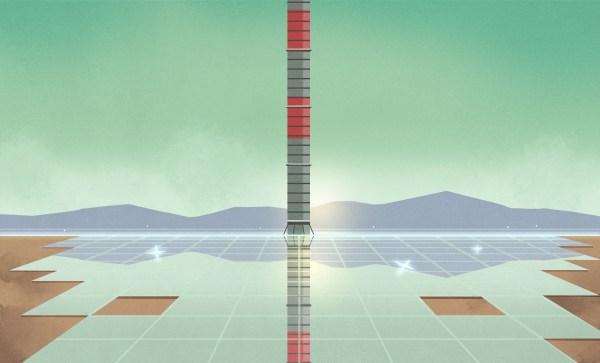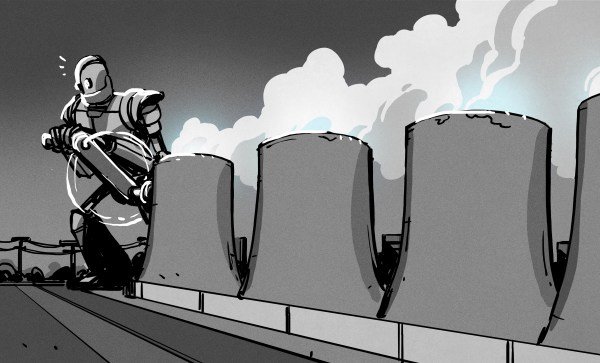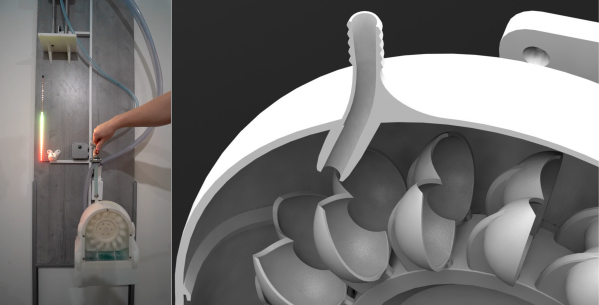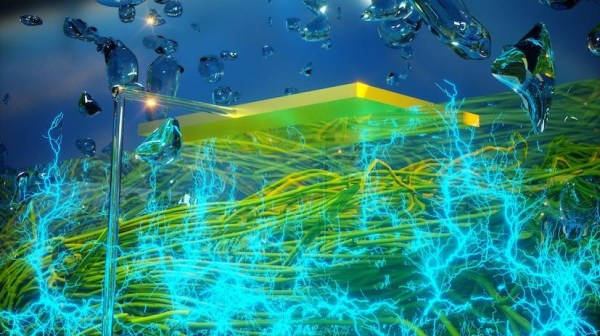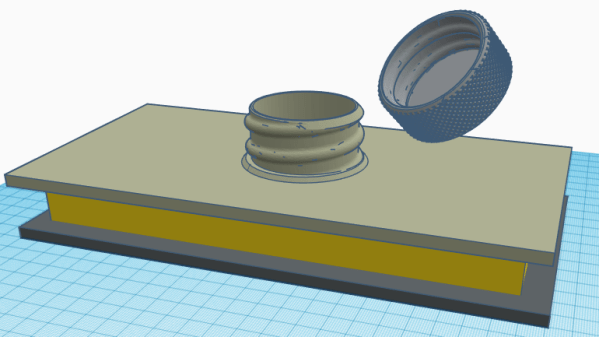Gripped as we are at the time of this writing by a historic heatwave, it’s hard for those of us in the western United States to picture a time when cold and ice reigned across the land. But really, it was only about four months back that another bit of freakish weather was visited across most of the country, including places ill-equipped to deal with the consequences. The now-fabled “February Freeze” left millions, mostly in Texas, scrabbling about in the dark and cold as a series of cascading engineering failures took apart their electrical grid, piece by piece, county by county.
The event has been much discussed and dissected, as an event with such far-reaching impact should be. Like much discussion these days, precious little of it is either informed or civil, and that’s not good news for those seeking to understand what happened and how to prevent it from happening again, or at least to mitigate the effects somewhat. Part of that is understandable, given the life-disrupting and often life-threatening situations the disaster forced people to suddenly face. It’s also difficult for people to discuss an event so widespread in its scope and impact — there’s just too much for anyone to wrap their head around.
To make the present discussion a little easier, we’ll be focusing on one aspect of the February grid crash that’s often bandied about but rarely explained: that the Texas grid was mere minutes away from collapsing completely, and that it would have taken weeks or months to restore had it been able to slip away. Is that really possible? Can the power grid just “go away” completely and suddenly? The answer, sadly, is yes, but thankfully a lot of thought has been put into not only preventing it from happening but also how to restart everything if it does happen, by performing what’s known as a “Black Start.”
Continue reading “Black Starts: How The Grid Gets Restarted” →


